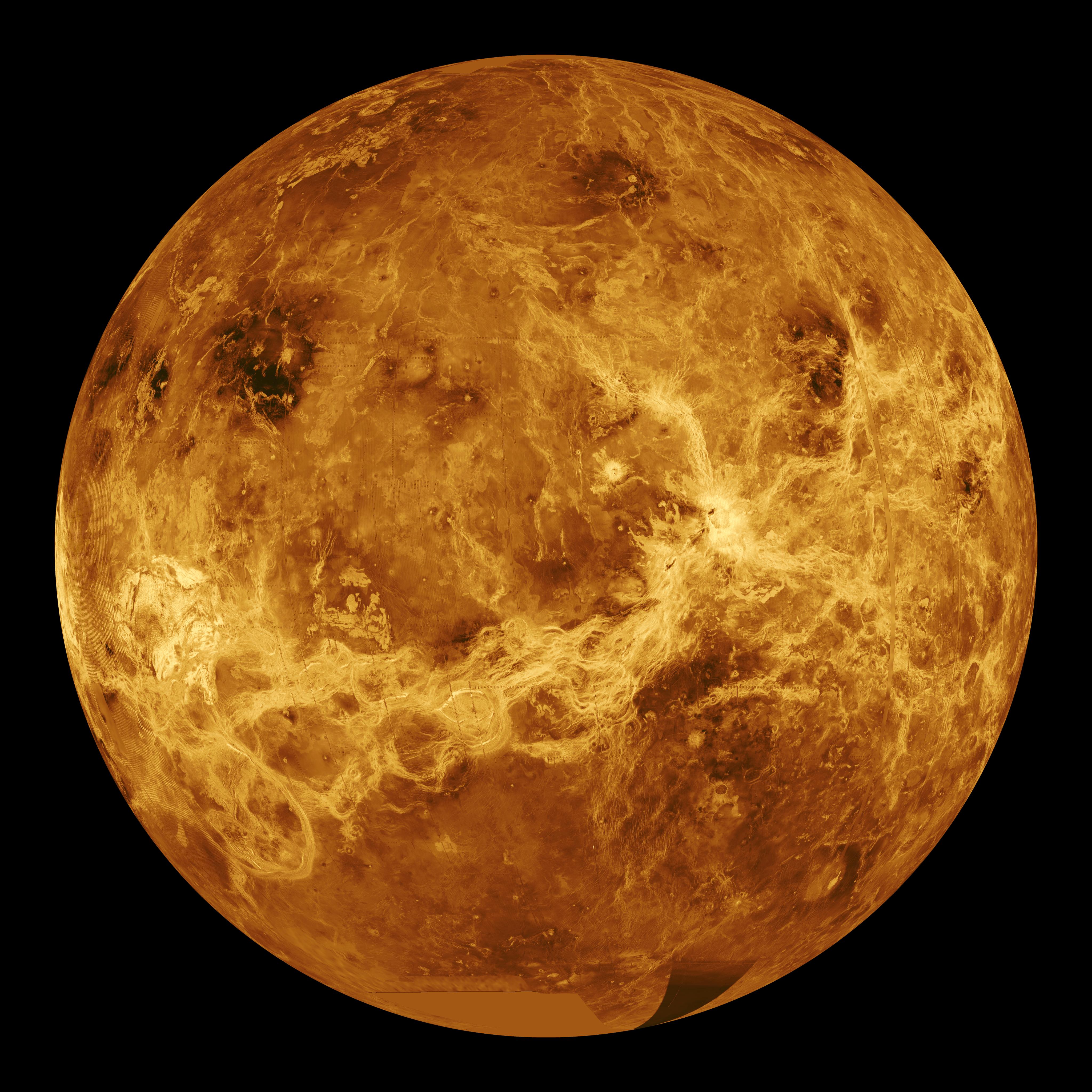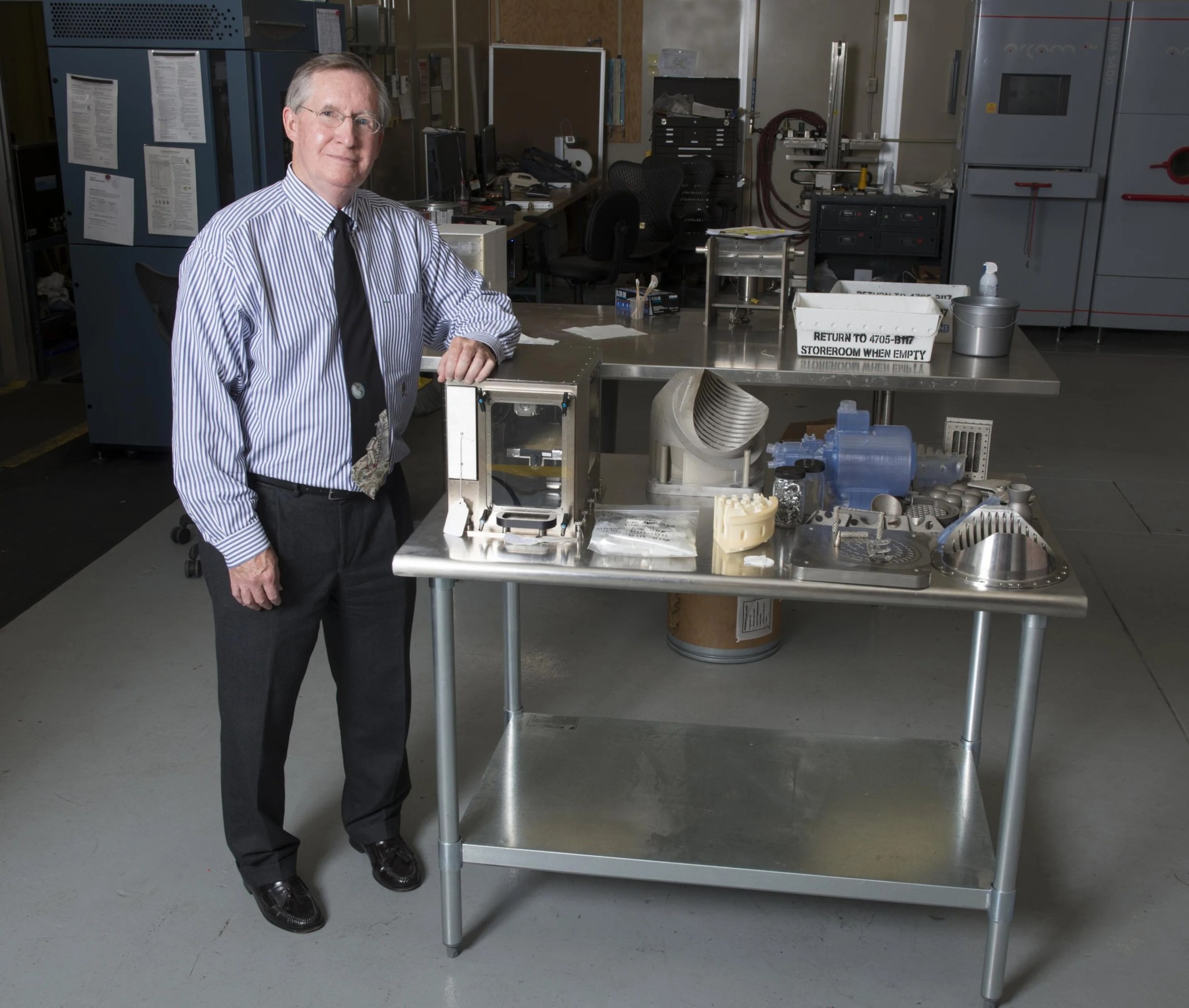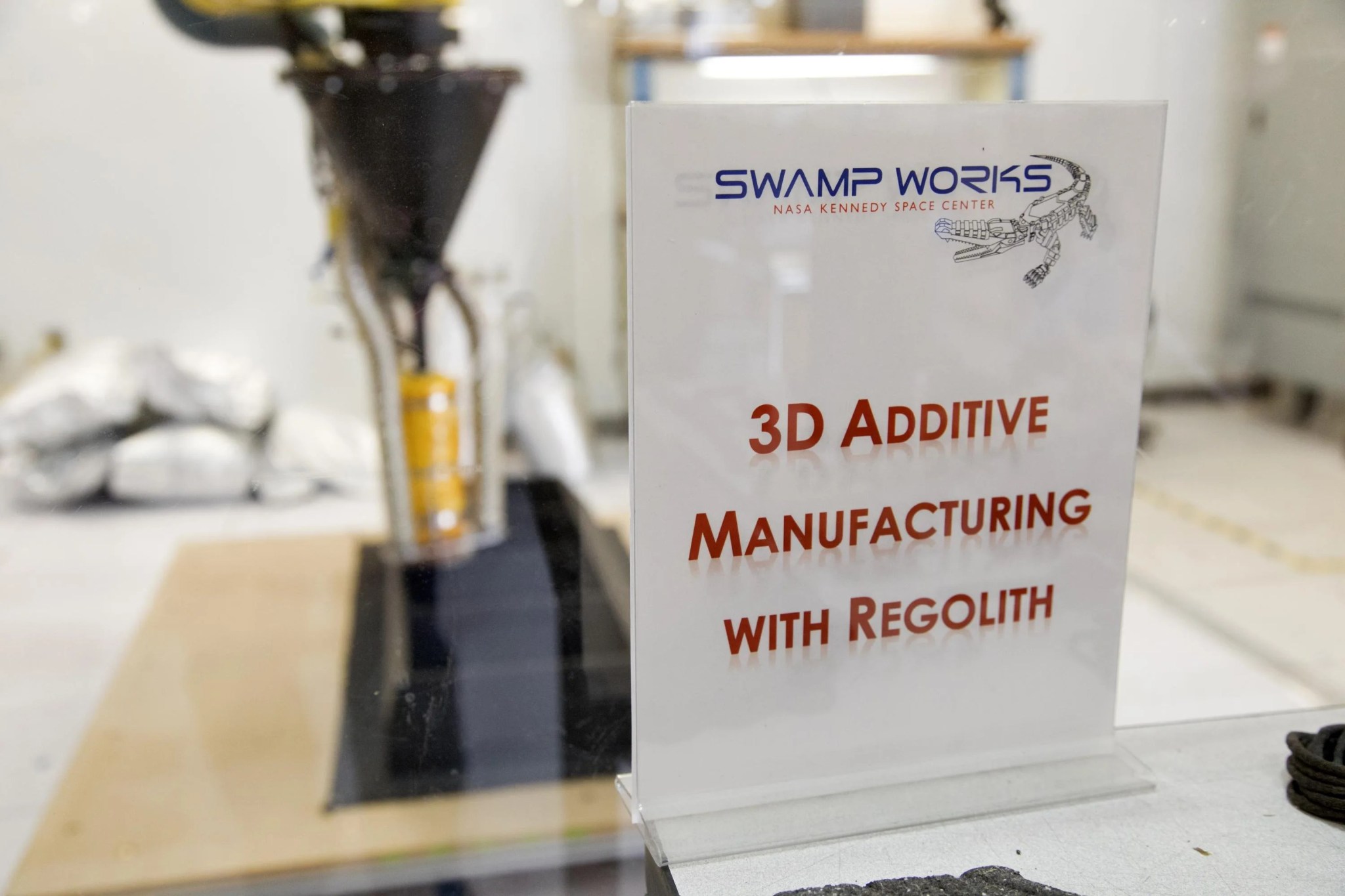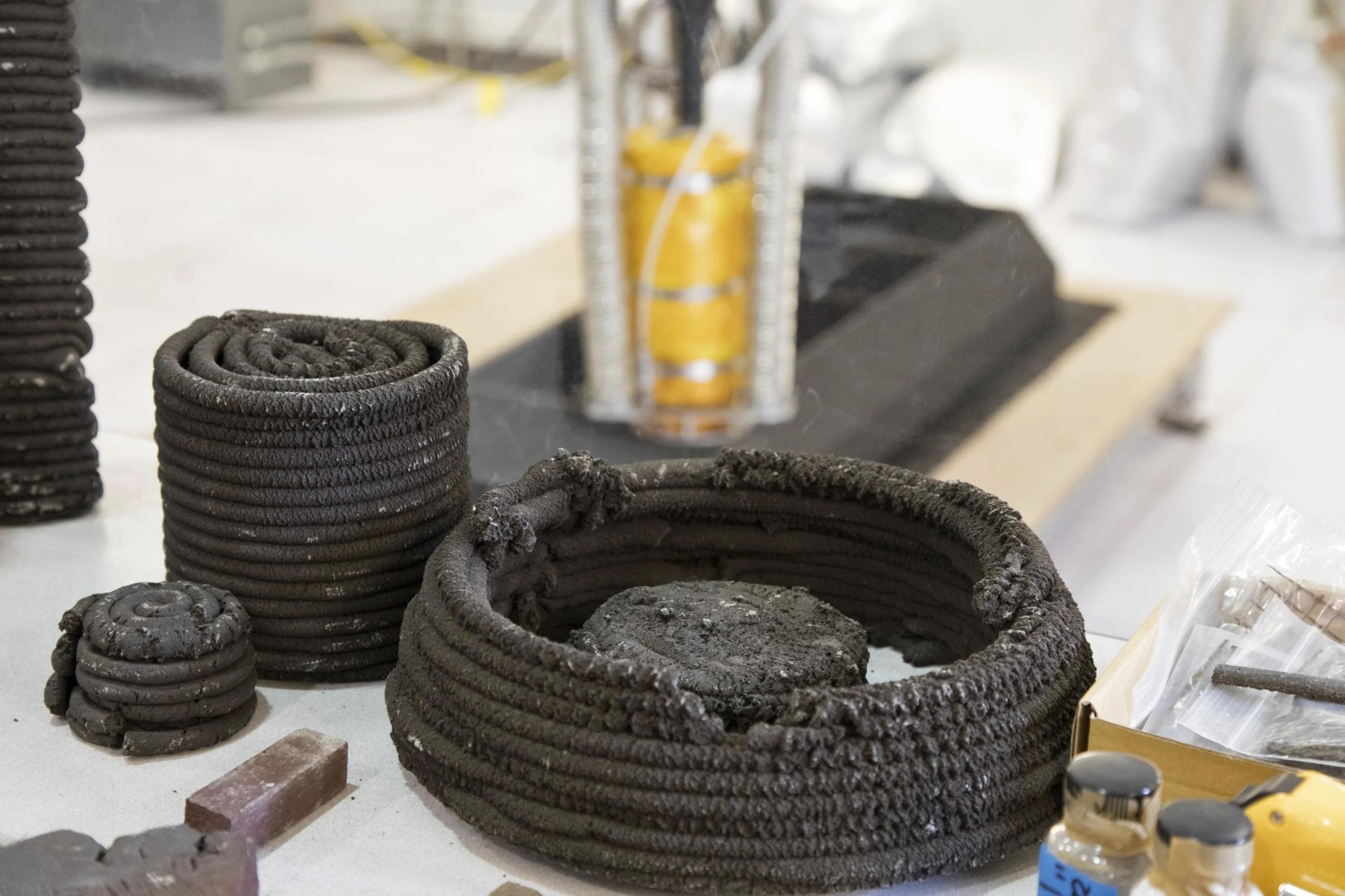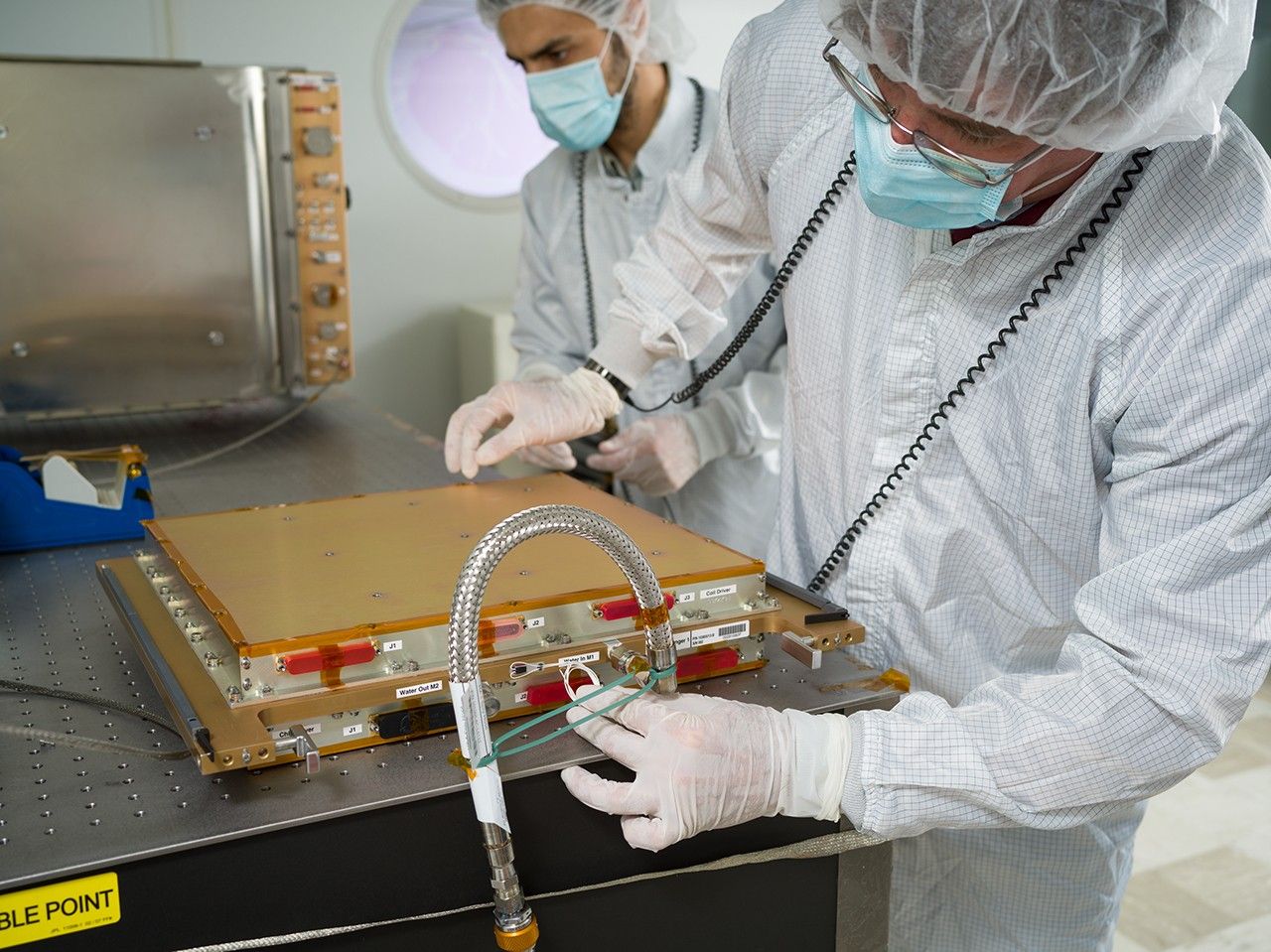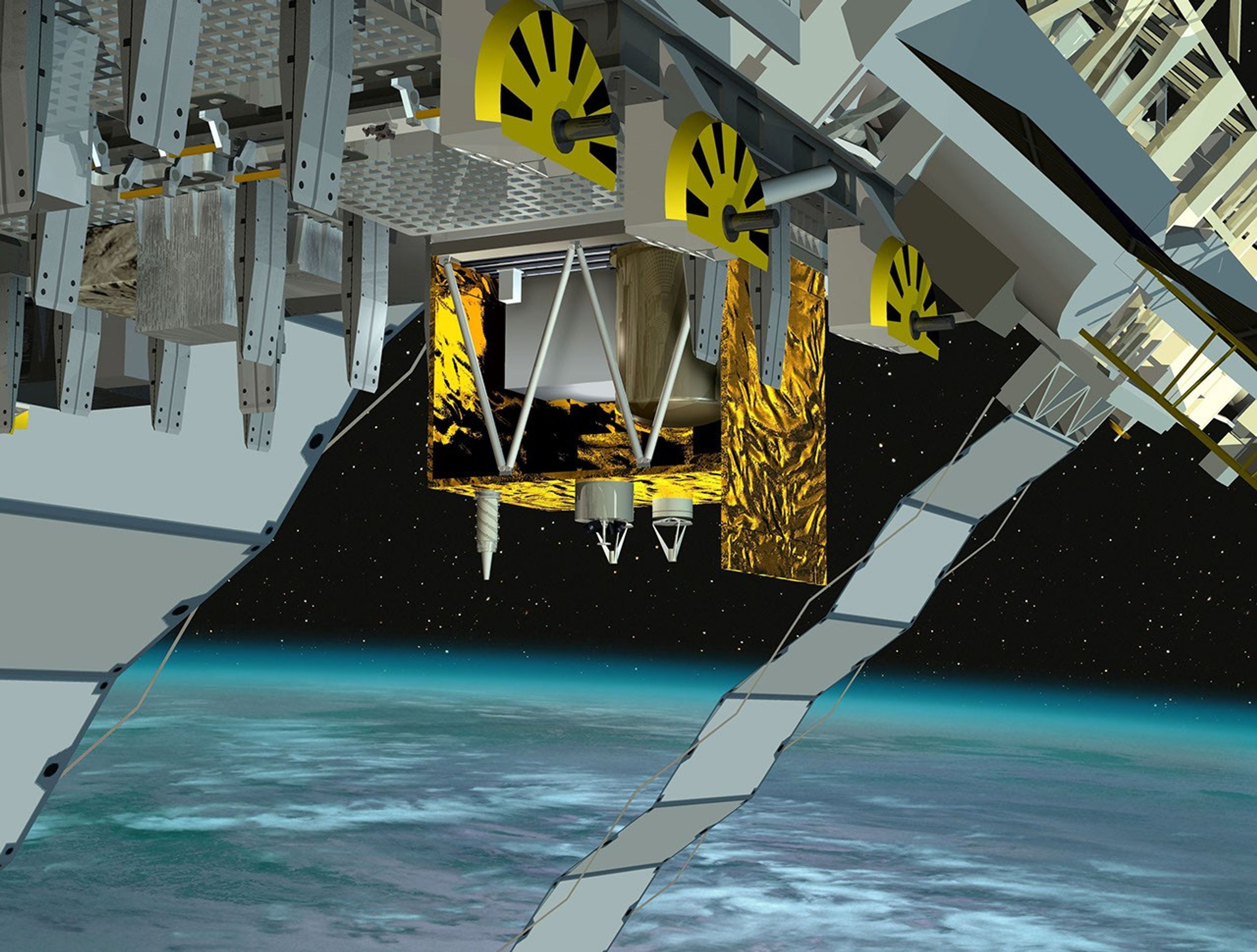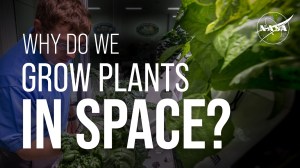NASA’s Artemis program is focused on sustainably exploring the Moon and preparing to send astronauts to Mars. Attendees of the Materials Science in Space Workshop gathered at the 2019 International Space Station Research and Development Conference in Atlanta to help define the next generation of materials research, including investigations and technology development to expand human exploration and scientific discovery farther into the solar system.
Producing metals, glasses, and composites that will stand up to the rigors of spaceflight is important to the future of space exploration, as is creating manufacturing techniques that can make new tools and supplies aboard a spacecraft or on the surface of an uninhabited planet. The workshop participants explored a number of Earth applications as well, including stronger glasses, fiber optics, polymers, improving the flow of molten metals, lubrication, and pharmaceuticals.
NASA’s Space Life and Physical Sciences Research and Applications (SLPSRA) Division and the International Space Station U.S. National Laboratory jointly conducted the workshop as part of the conference sponsored by the National Lab. Researchers from academia, industry, and government agencies gathered to discuss future materials science research opportunities aboard the space station relevant to both NASA and the National Lab’s goals. Experiments sponsored by the National Lab focus on improving the quality of life on Earth, and experiments sponsored by SLPSRA aim at both improving life on Earth and enabling human space exploration, including the development of new spaceflight technologies and furthering fundamental science.
The orbiting laboratory is a unique platform with access to conditions to enable research that can both benefit life on Earth and build the knowledge necessary to live and work farther from our home planet. Researchers can conduct long-duration experiments aboard the space station to find out how lack of gravity affects the microstructure and properties of their research. Outside the station, scientists can also study how materials degrade when exposed to the harsh environment of space, such as temperature extremes, intense ultraviolet radiation, and vacuum conditions. Storage space and research time on the station is extremely limited, requiring careful consideration and planning of both resources and research priorities.
The workshop participants discussed potential future investigations, research areas in need of further exploration, gaps in existing research capabilities on the station, and proposed recommendations. Breakout sessions covered functional materials, materials characteristics, and materials science to inform operations on the lunar surface. The sessions also addressed advanced manufacturing techniques, including 3-D printing to create critical supplies and new materials where needed, and other ways to use resources of new worlds, such as transforming lunar dust into building materials for roads and dwellings.
Another major topic was using the microgravity environment of the space station to reveal the underlying physics of manufacturing processes, especially heat transfer and the transport of atoms from one place to another. Scientists plan to use data from fundamental physics research aboard station to create baselines and reference databases that will improve the way we make new materials both on Earth and in space.
Participants proposed new hardware and facilities aboard the station and asked NASA and the National Lab to help create working groups to further explore and develop ideas. They also asked the National Lab and SLPSRA to create more funding opportunities and to establish a dedicated materials science research program for the space station, where most of the proposed experiments will take place.
SLPSRA and the National Lab are reviewing feedback from participants and considering how best to prioritize and implement recommendations. This workshop helped the space science community bring sustained human exploration beyond our planet closer to reality.
Presentations from the workshop and a report summarizing the workshop are available at the National Lab’s website:
https://www.issnationallab.org/workshops/2019-materials-in-space/.
Stay informed on other exciting SLPSRA research initiatives:
https://science.nasa.gov/biological-physical
For daily updates, follow @ISS_Research, Space Station Research and Technology News or our Facebook. Follow the ISS National Lab for information on its sponsored investigations. For opportunities to see the space station pass over your town, check out Spot the Station.













